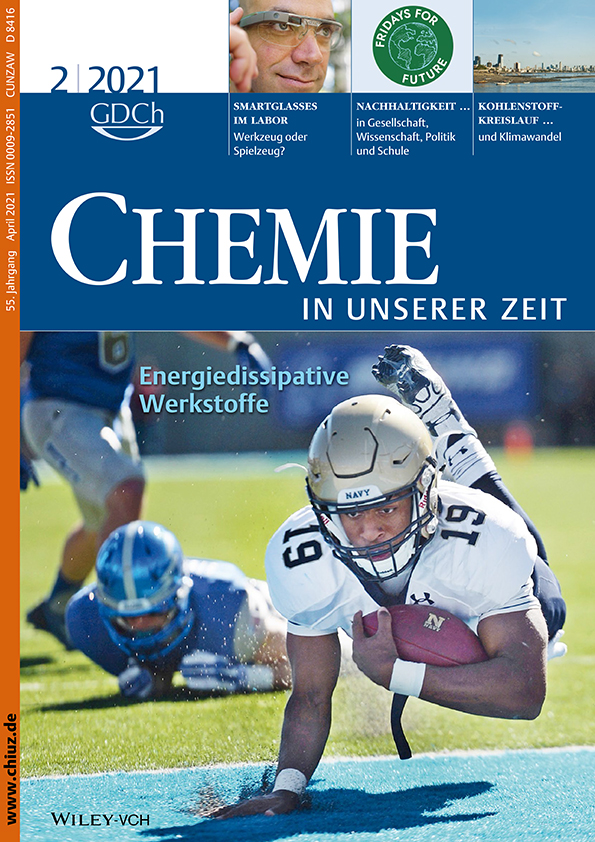Kohlenstoffkreislauf und Klimawandel
Die Rolle von Kohlenstoffdioxid und die Bedeutung der Klimagase
Zusammenfassung
deZunächst werden im Abschnitt Kohlenstoffzyclus die Mengen an Kohlenstoff in und insbesondere beim Kohlenstoffdioxid die Wechselwirkungen zwischen verschiedenen Erdsphären dargelegt. Dabei wird besonders auf die Quellen und Senken für CO2 in der Atmosphäre hingewiesen. Darauf aufbauend wird aufgezeigt, dass der natürliche Treibhauseffekt geprägt durch die solare Einstrahlung und die infrarotaktiven Treibhausgase wie CO2, CH4 und N2O über einen längeren Zeitraum durch ein thermisch-radiatives Gleichgewicht die Temperatur und damit das Klima bestimmt hat, was Voraussetzung für das Leben auf der Erde ist. Die in den letzten Jahrzehnten stattfindende drastische Zunahme etwa der oberflächennahen Temperaturen und der Anstieg des Meeresspiegels wird durch zunehmende anthropogene Emissionen der Treibhausgase hervorgerufen. Der dramatische Anstieg der CO2-Konzetration hat eindeutig seine Ursache in der Nutzung fossiler Rohstoffe. Die Senken nehmen nur einen Teil vom anthropogen erzeugten CO2 aus der Atmosphäre auf. Ein kurzer Hinweis zu Verfahren nachhaltiger Technologien wird am Ende gegeben.
Summary
enFirst of all, the section on the carbon cycle describes the quantities of carbon in and, in particular, in the case of carbon dioxide, the interactions between different terrestrial spheres. Special attention is drawn to sources and sinks for CO2 in the atmosphere. Based on this, it is shown that the natural greenhouse effect, which is characterized by solar radiation and infrared-active greenhouse gases such as CO2, CH4 and N2O, over a longer period of time resulted in a thermal-radiative equilibrium. This determined the temperature and thus the climate which is a prerequisite for life on Earth. The drastic increase in near-surface temperatures, for example, and the rise in sea level in recent decades is caused by increasing anthropogenic emissions of greenhouse gases. The dramatic increase in CO2-concentration is caused by the use of fossil fuels. Sinks absorb only a part of the anthropogenically produced CO2 from the atmosphere. A brief note on sustainable technologies is given at the end.




